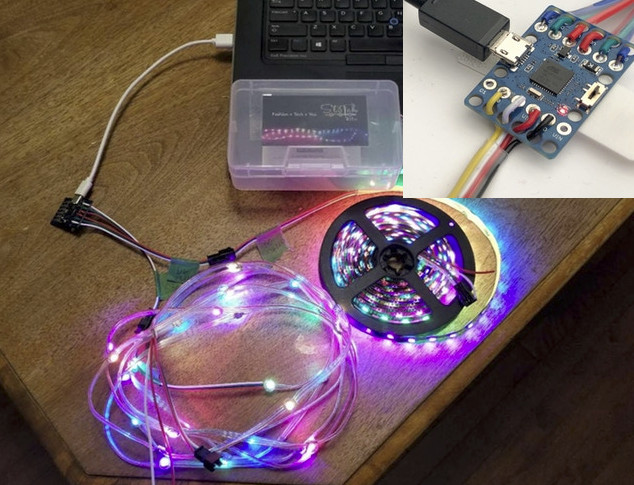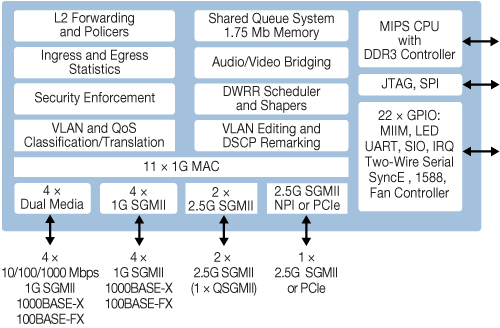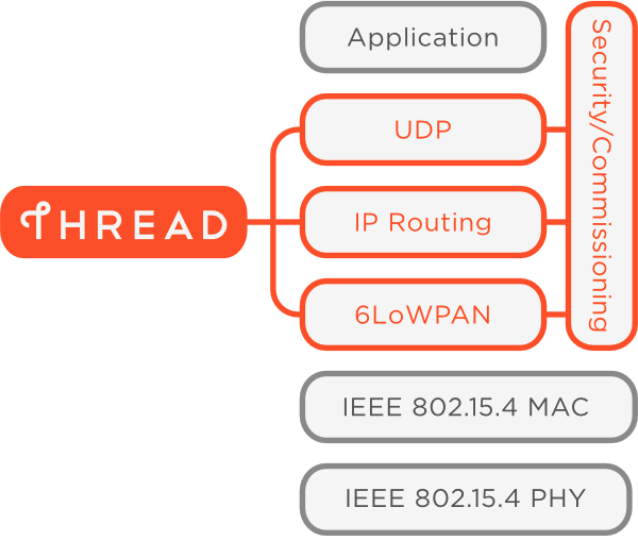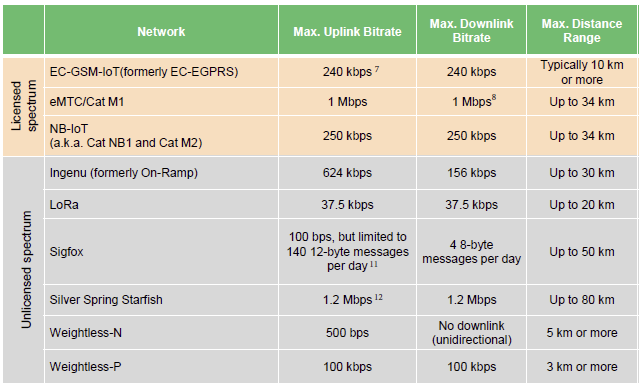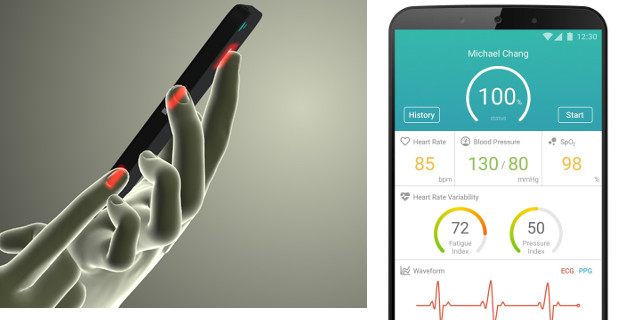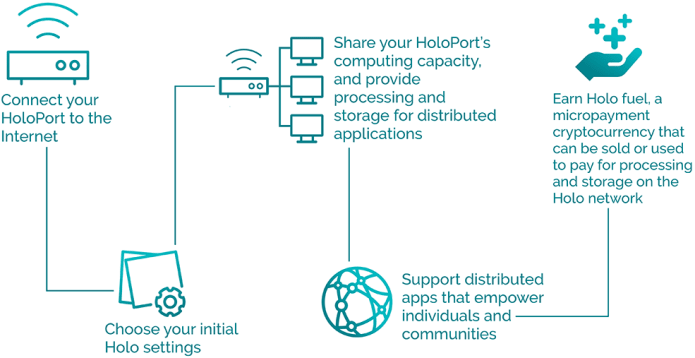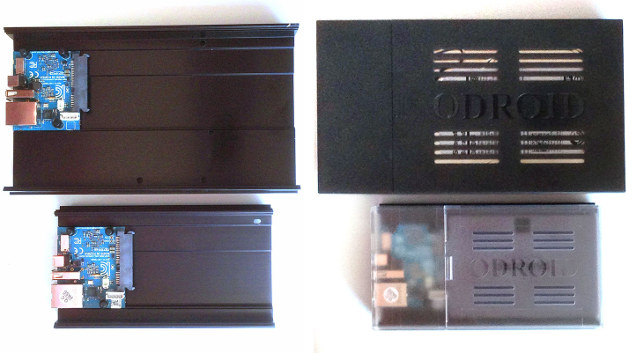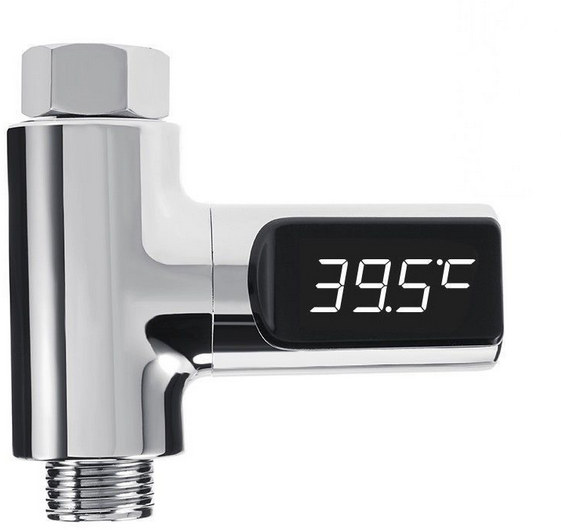I don’t really get fashion. For example, I don’t understand why somebody would spend $100 on a pair of “Jean-Patrick Coultier” trousers, while you could get pretty much the same for about $20. My clothes just need to keep me warm and comfortable. And now I can see people starting to attach blinking lights to their clothes. Heresy!!! But others have a different opinions, and people interested in fashion, may not be interested in electronics, but still want those shiny things on their clothes. StitchKit is an Arduino compatible board that can also take Seeed Studio Grove module designed for those kids, teachers, designers, and cosplayers who want to easily add LEDs and other electronics to clothes or other wearable pieces without having to dig into the technical details. The system works around MakeFashion board powered by an Arduino compatible Microchip / Atmel ATMega32U4 AVR micro-controller with two rows of […]
Microsemi VSC7513 and VSC7514 MIPS SoCs for Ethernet Switches Get Initial Mainline Linux Support
Microsemi VSC7514 is a 10-port Gigabit Ethernet (GbE)/SMB switch supporting a combination of 1G and 2.5G Ethernet ports, and VSC7513 comes with basically the same features except it’s limited 8 ports. Both SoCs include a MIPS processor with DDR3 memory interface, and support industrial and enterprise Ethernet switching features such as VLAN and QoS processing. Microsemi VSC751x Ocelot family was unveiled in June 2016, but I only heard about them today, as Free Electrons recently added initial support for VSC7513 & VSC7514 chip into mainline Linux with the patch series available here. Microsemi VSC7514 specifications & features: CPU / Memory Interface – Integrated 500 MHz MIPS 24KEc CPU with MMU and DDR3/DDR3L SDRAM controller Ethernet Connectivity – 4x dual media copper ports, 2x 1G SGMII ports, and 2x 1G/2.5G SGMII ports Host CPU Interfaces – PCIe 1.x and NPI CPU interface Internal shared memory buffer (8 queues per port) Jumbo […]
Google Announces LoWPAN/Thread Support in Android Things DP 6.1
Not to be confused with LPWAN (Low Power Wide Area Network), LoWPAN (Low Power Wireless Personal Area Network) solutions are designed for peer-to-peer usage on constrained battery-powered devices using standard procotols like HTTP and CoAP. Based on 6LoWPAN and 802.15.4, Thread is one of those LoWPAN standards, and Google has just added API support for configuring and managing LoWPAN as a part of Android Things Developer Preview 6.1, including networking support for Thread. Google explains “these types of low-power connectivity solutions enable Android Things devices to perform edge computing tasks, aggregating data locally from nearby devices to make critical decisions without a constant connection to cloud services”. You can read LoWPAN API guide to learn more details on building your own apps to create and join local mesh networks, but to quickly get started OpenThread running on Nordic Semi RF52840-PDK is recommended. You’ll first need to install the firmware and […]
LoRaWAN Currently Leads LPWAN IoT Gateway Deployments Says VDC Research
LoRaWAN, Sigfox, Weightless, RPMA, NB-IoT, etc… There are many LPWAN (Low Power Wide Area Networks) solutions, but it’s unclear whether most/all will survive and coexist, or there will eventually be a couple of winners used by everyone. VDC Research is claiming that so far, LoRaWan assumes LPWAN leadership for IoT gateways, explaining that “LoRaWAN (LoRa) has generated considerable traction with new product launches from a number of gateway suppliers through the past 18 months”, but points to mounting competition from 3GPP standards such as NB-IoT and LTE Cat M1. Sadly, the company did not provides number in their public announcement, and those are only available in the paid report. VDC Research still released a public executive brief (free registration required), with some of the highlights including: The global market for IoT gateway hardware is forecasted to grow to more than $2.5B in 2021. While intelligent gateways generated more market revenue […]
Mediatek Unveils Sensio MT6381 6-in-1 Biosensor Module for Smartphones
Nearly exactly two years ago, Samsung unveiled S3FBP5A bio-processor for fitness tracking wearables with five analog frontends measuring PPG, ECG,skin temperature, BIA, and GSR data, and that is (or was?) expected in the company’s S-Patch3 health tracker. Mediatek has now come up with something with similar functionalities, but instead of being a standalone bio-processor for wearables, Sensio MT6381 biosensor module is designed as a companion chip for smartphones, and capable for delivering 6 different types of heart and fitness data in about 60 seconds. MediaTek Sensio key features and specifications: Integrated R and IR LEDs for reflective PPG measurement + 1-channel ECG analog front-end Health Data Heart-rate in heart beats per minute Heart-Rate Variability (variation in the time between heartbeats). Blood Pressure Trends Peripheral Oxygen Saturation (SpO2) – amount of oxygen in the blood. Electrocardiography (ECG) – electrical activity of the heart over a period of time Photoplethysmography (PPG) – […]
Holo P2P Distributed Hosting is Powered by Holochain Technology, Leverages Holo Fuel Cryptocurrency (Crowdfunding)
The Internet is now mostly centralized, for example most people search with Google, and Facebook dominates the social media space in many countries. That also means access to content can easily be blocked by governments, and many companies will use your personal data to their benefits. Holo network promises to “take back the Internet” thanks to a P2P distributed web hosting system, where people hosts app from developers in their HoloPort devices, and get paid for hosting crypto apps in Holo Fuel cryptocurrency that can in turn be used to pay for processing power and/or storage on the network, or converted into other cryptocurrencies like Bitcoin, or fiat money (Dollars, Euros…). It’s like a new Internet that uses the current “pipes” (i.e. you’d still need Internet through your ISP), but all content would have to be created from the ground up. It basically aims to replace datacenters, websites, and app […]
More Low Cost ARM Linux NAS Platforms Coming Soon: Popcorn Hour Transformer (XL), ODROID-HC2
Last summer, Hardkernel launched ODROID-HC1 Home Cloud 1 taking a single 2.5″ hard drive, and based on a modified version of their popular Exynos 5422 powered ODROID-XU4 board where they removed HDMI, and added a SATA interface (via USB 3.0), but based on the initial announcement, we also knew the Korean company was working on ODROID-HC2 supporting 3.5″ drives instead. The device is not available yet, but guys at Armbian got an early unit, so we should not be waiting too long. Hardkernel will also have some competition for their ODROID-HC1 NAS, as Cloud Media (and Pine64?) are working on Rockchip RK3328 based Popcorn Hour Transformer & Transformer XL with support for 2.5″ and 3.5″ drives respectively. Hardkernel ODROID-HC2 ODROID-HC2 preliminary specifications: SoC – Samsung Exynos 5422 octa-core processor with 4x ARM Cortex-A15 @ 2.0 GHz, 4x ARM Cortex-A7 @ 1.4GHz, and Mali-T628 MP6 GPU supporting OpenGL ES 3.0 / […]
$10 Self-Powered Thermometer Displays Shower Water Temperature in Real-Time
I now live in a house with an electric water heater that warms the temperature on the fly to the temperature we set on the display, provided it’s not too cold. But in the past, I lived in colder climates with water pre-heated in a hot water tank, and accessible from most taps in the house. Each time I took a shower I had to adjust the cold and hot water taps, wait a bit and do further adjustments to get the right temperature, not too cold, not too hot. I’ve just come across a little gadget that you ease this process as it displays the water temperature on an LCD display. The installation looks fairly easy, and there’s no need for batteries as it’s self-powered with the flow of water. Some of the key features of the device include: Display – 360-degrees rotatable & waterproof LED display design: and […]


